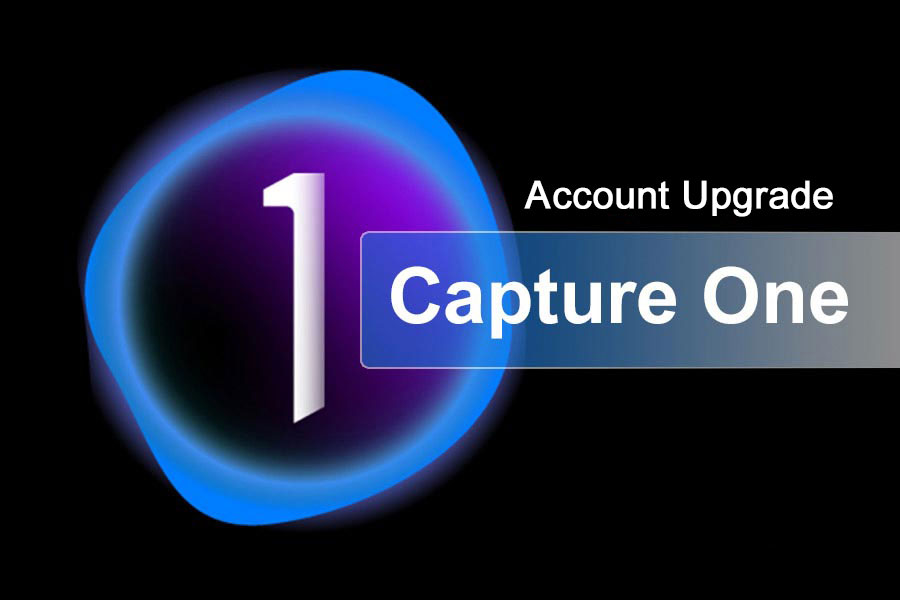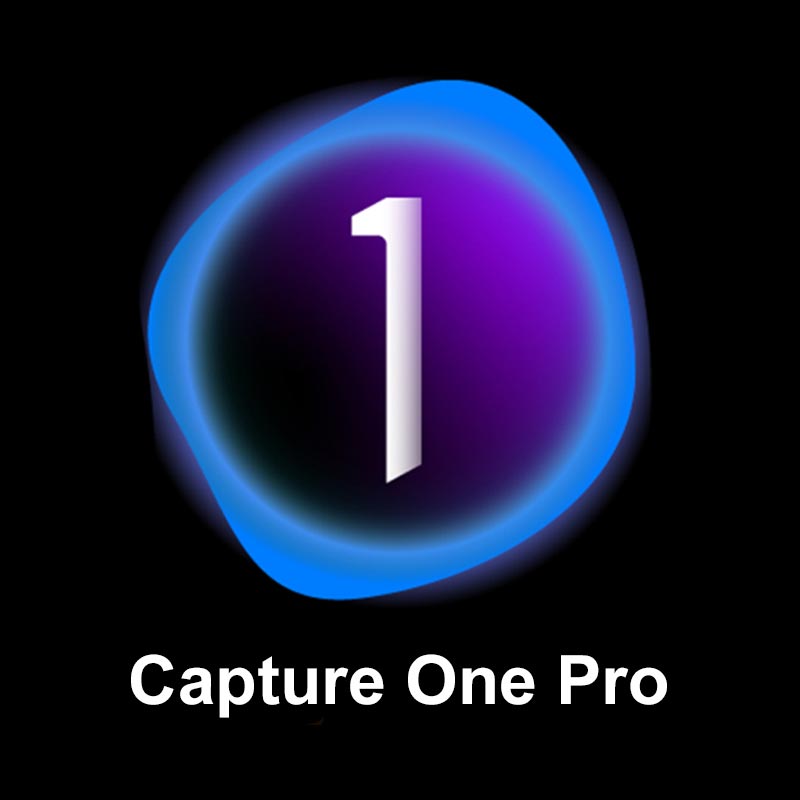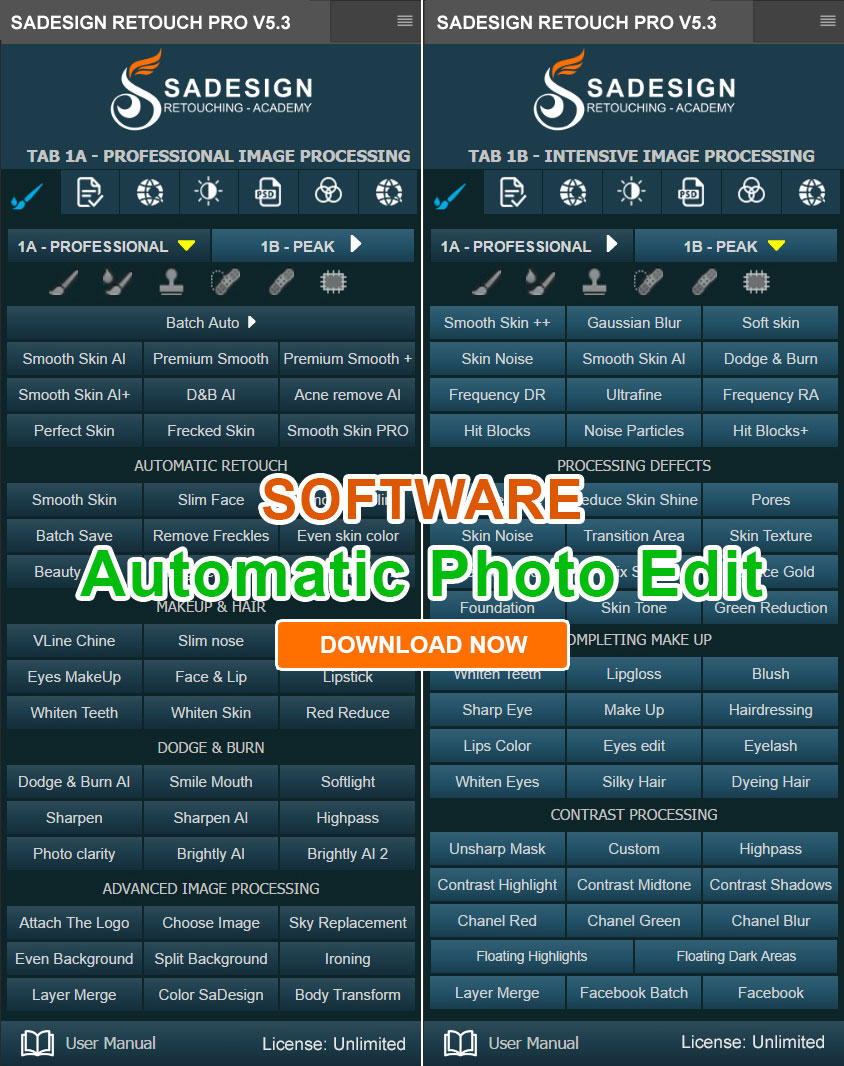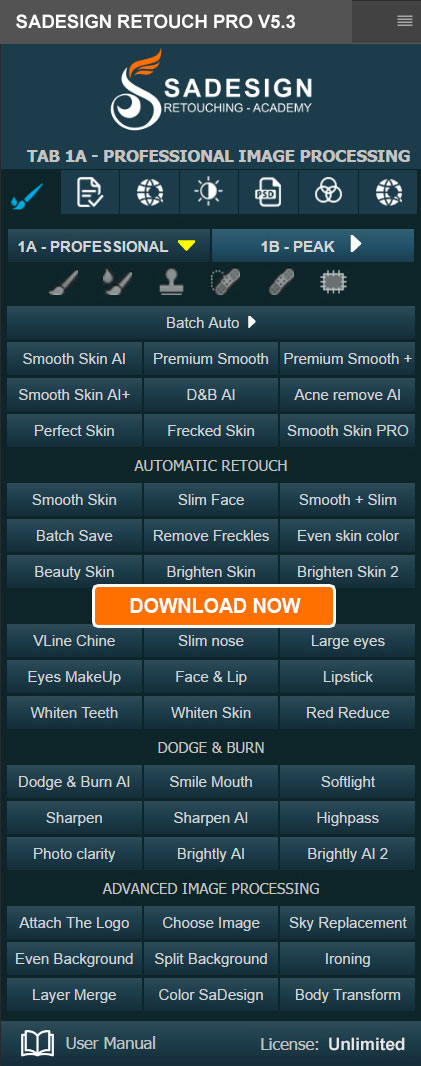Best Selling Products
Pocket 6 Tips for Taking Beautiful Beach Photos This Summer
Nội dung
- 1. What is the best time to take beach photos?
- 2. 6 tips for taking beach photos and adjusting camera parameters to the highest standard
- 2.1. Choose the right aperture to focus the whole scene
- 2.2. Increase shutter speed to capture the moment of ocean waves
- 2.3. Choose low ISO to avoid light noise
- 2.4. Use ND or polarizer filters to instantly “upgrade” beach photos
- 2.5. Take advantage of the horizon line and the rule of thirds
- 2.6. Proper post-production color correction to recreate emotions
The beach has a “specialty” that not everyone notices: light. Sunlight at the beach is often very strong and almost unobstructed. Therefore, choosing the right time plays a decisive role in the quality of the photo.

Summer is also the time when beautiful beaches become the ideal destination for many people. Not only is it a place to enjoy cool water, white sand and golden sunshine, the beach is also a great space for you to keep the most beautiful and natural frames. A beautiful beach photo not only brings memorable memories but also is a "ticket" for you to share your inspiration for travel, freedom and harmony with nature.
However, many people often feel that their beach photos are “soulless”, not reflecting the true beauty that the naked eye sees. The problem often lies in the fact that simply raising the camera and pressing the button is never enough. Beach photography requires you to know the timing, understand the light and master the shooting technique. To help you get ready for the brilliant summer of 2025, let’s explore the ideal time to take beach photos and 6 important tips to improve your photos.
1. What is the best time to take beach photos?
The beach has a “specialty” that not everyone notices: light. Sunlight at the beach is often very strong and almost unobstructed. Therefore, choosing the right time plays a decisive role in the quality of the photo. Whether you are a beginner or experienced, understanding the “golden hour” of beach photography will help you easily get a more satisfactory photo.
Morning
The time before 8am is considered the “golden hour” for those who love the pristine atmosphere, soft light and mist still lingering on the sea surface. The sun is just rising at this time, the slanting rays of light will create beautiful lighting effects, filtering through details such as ocean waves, sandbanks or objects you want to capture.
.png)
In the early morning, the beach is often deserted, the air is fresh, the sky is blue, the sea water reflects light very well. Photos taken at this time often have soft, cool tones, easily conveying a sense of peace. If you like to take portraits, this is also the time when the soft light helps the face not to be harsh, less strong shadows.
Late afternoon
As the sun sets, the light turns orange, making the beach more romantic than ever. From 4pm to 6pm, the light is usually not too harsh, the contrast is low, making it easy to adjust the exposure without worrying about overexposing or unwanted shadows.
.png)
Sunset is also suitable for silhouette photos, when the subject stands in front of the setting sun, creating a unique shape. If you want to take a photo of a group of friends playing, running on the beach or their footsteps gliding over the edge of the waves, the sunset scene will definitely add romance and affection to the photo.
Buy Genuine Licensed Software at Cheap Prices
Midday
On the contrary, midday is often the time that many photographers advise to avoid when shooting at the beach. The vertical sunlight creates harsh shadows, which can easily cause overexposure, and the beach’s colors become “flat” and lack depth. However, if you are a person who likes challenges, you can still take advantage of the harsh sunlight to create high-key photos or try strong backlighting techniques.
If you must shoot at midday, look for corners with natural shade (like canopies, umbrellas, or large rocks) so that the light doesn't shine directly on your subject.
.png)
2. 6 tips for taking beach photos and adjusting camera parameters to the highest standard
Once you’ve chosen the right time, the next step is to master the settings and shooting techniques. Here are 6 simple but effective tips that will ensure you can confidently take beautiful beach photos regardless of whether you’re using a professional or semi-professional camera.
2.1. Choose the right aperture to focus the whole scene
Most great beach photos tend to have a sense of spaciousness. Aperture is key to achieving this. When shooting beachscapes, you want every detail – from the sand to the waves to the sky – to be sharp and clear.
Ideal aperture: f/8 – f/16.
Small aperture increases depth of field, ensuring that details from foreground to background are in focus.
Beach portrait: If you want to highlight your subject, open the aperture wider (f/2.8 – f/4) to blur the background, creating a soft bokeh effect. However, don’t forget to keep a suitable distance between the person and the background for the best separation.
With landscape photos that have the sun in the frame, a small aperture also helps create a beautiful starburst effect.
.png)
2.2. Increase shutter speed to capture the moment of ocean waves
Movement is an essential ingredient when taking beach photos. The sound of waves, white foam, or running footsteps will add life to your photos. To capture movement without blurring, pay attention to shutter speed:
Capture vivid moments: 1/500s or faster.
Fast shutter speeds help freeze wave motion, water droplets or any action on the sea.
Create a dreamy effect: 1–2 seconds with tripod.
If you want to try the “water blur” style, slow down the shutter speed. The ocean waves will then turn into soft silk ribbons, bringing a magical, peaceful feeling. To do this, a tripod is an indispensable “companion” to avoid camera shake during long exposures.
If the sun is strong, use an ND filter (next tip) to reduce the light entering the lens.
2.3. Choose low ISO to avoid light noise
With the abundant light at the beach, a high ISO is almost unnecessary. On the contrary, a low ISO is the best way to keep your photos clean and free of noise:
Ideal ISO: 100 – 200.
Special situations: If you are shooting at night, when the sunset has completely disappeared or the sky is overcast, you can increase the ISO to 400–800. However, prioritize opening the aperture wide and exposing for a long time instead of pushing the ISO too high.
Keeping your ISO low not only helps reduce noise in your photos, but also gives you better control over your shutter speed, especially when you want to expose for soft, blurry ocean waves.
2.4. Use ND or polarizer filters to instantly “upgrade” beach photos
This is the “secret weapon” that many landscape photographers always carry.
.png)
ND (Neutral Density) Filter: Limits the amount of light entering the lens, allowing you to use slow shutter speeds even during the day. This technique is extremely useful for long exposure shots of ocean waves or moving clouds in the sky.
Polarizer (PL) filter: Helps reduce reflections on water surfaces, increases saturation and makes the sky bluer and the sea clearer. Polarizer also eliminates glare, giving the photo more depth and vibrant colors.
When using a polarizer, rotate the glasses to find the angle that best reduces reflections, especially when the sun is horizontal or diagonal to the lens.
2.5. Take advantage of the horizon line and the rule of thirds
.png)
Beaches with wide horizons are essential for a balanced composition and depth of field. If the horizon is off-center, the photo will be tilted and unbalanced. To fix this, use the classic rule of thirds:
Emphasize the sky: Place the horizon in the bottom third of the frame. Great for showing off big, cloudy skies or dramatic sunsets.
Emphasize the sea and foreground: Place the horizon in the upper third. This will focus most of the frame on the sea, details such as waves, sand, and people playing.
Combine the rule of thirds with elements like leading lines
For example, wave streaks and curved sandbanks will give the photo depth and naturalness without being confusing.
2.6. Proper post-production color correction to recreate emotions
.png)
Whether you shoot RAW or JPEG, post-processing is important. Beach photos often have blue, white, and orange tones. If not properly adjusted, the image can easily appear off-color or “cooler” than it actually is. Here are some post-processing tips:
White balance: Adjust WB so that the sea and cloud colors are realistic, avoiding yellow tint (if taking photos early in the morning) or cold blue tint (if taking photos in the evening).
Slightly increase contrast: Helps details stand out, especially horizons and ocean waves.
Increase Vibrance/Saturation: Should be pushed moderately, avoid going too far or the photo will look "fake".
Clarity Adjustment: Adds clarity to waves or sand to create an attractive texture.
Avoid heavy filters: Beach photos are best when they retain a natural feel. Filters that are too strong can easily make the colors of the sea and sky lose their inherent authenticity.
Beach photography is one of the wonderful “gifts” that summer brings to photography lovers. From pristine sunrise to romantic sunset, each beach photo contains memories, emotions and the unique perspective of the photographer.
Hopefully with the 6 tips and the above sharing, you will be more confident to fully capture memorable moments at sea. Prepare a fully charged camera, a compact bag of equipment and don't forget to bring the spirit of exploration because a beautiful sea photo comes not only from the technical parameters but also from the heart of the photographer.












































